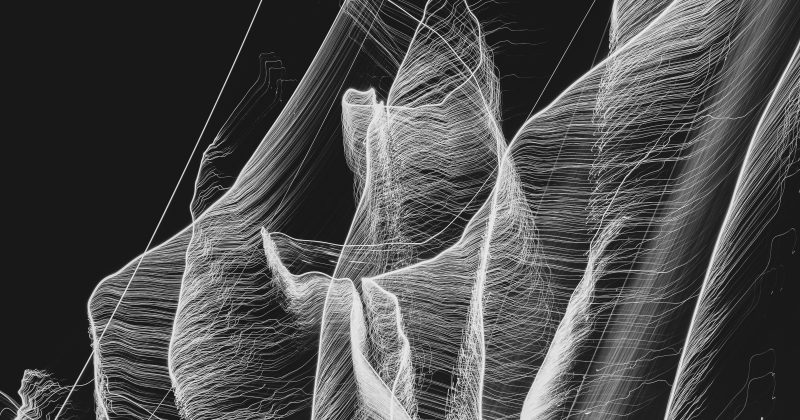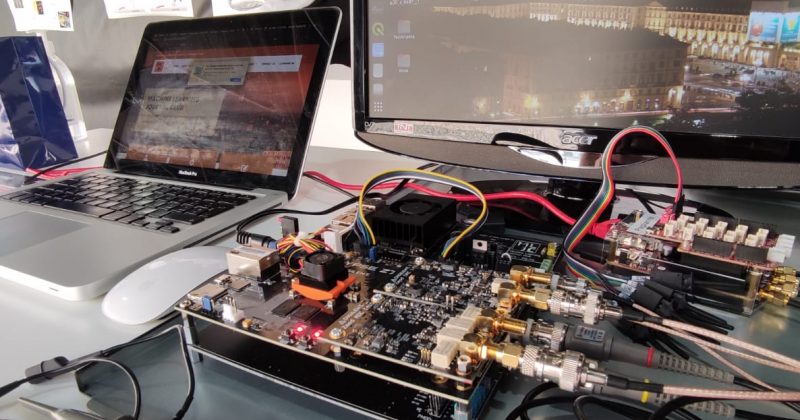
Research Project on Continual Learning
by Luca Bottero
Our interests center around the intriguing domain of Continual Learning, a subset of machine learning focused on training models to adapt and evolve over time. This involves enabling these models to learn from new data while retaining previously acquired knowledge. In today’s fast-paced world, characterized by constant changes in data and knowledge, Continual Learning assumes primary importance. Traditional machine learning models often encounter challenges when confronted with novel information, a phenomenon commonly referred to as catastrophic forgetting. Continual Learning presents a remedy to this issue by facilitating continuous learning, rendering models adaptable, efficient, and adept at handling evolving data environments.
Currently, we are working in a project that applies these Continual Learning techniques to gravitational wave interferometer data. We aspire to develop adaptive models that can learn from new experimental runs while retaining knowledge learned from prior detections.
In a world characterized by relentless technological advancements and cease- less data generation, the concept of Continual Learning remains pivotal. The Turin...

